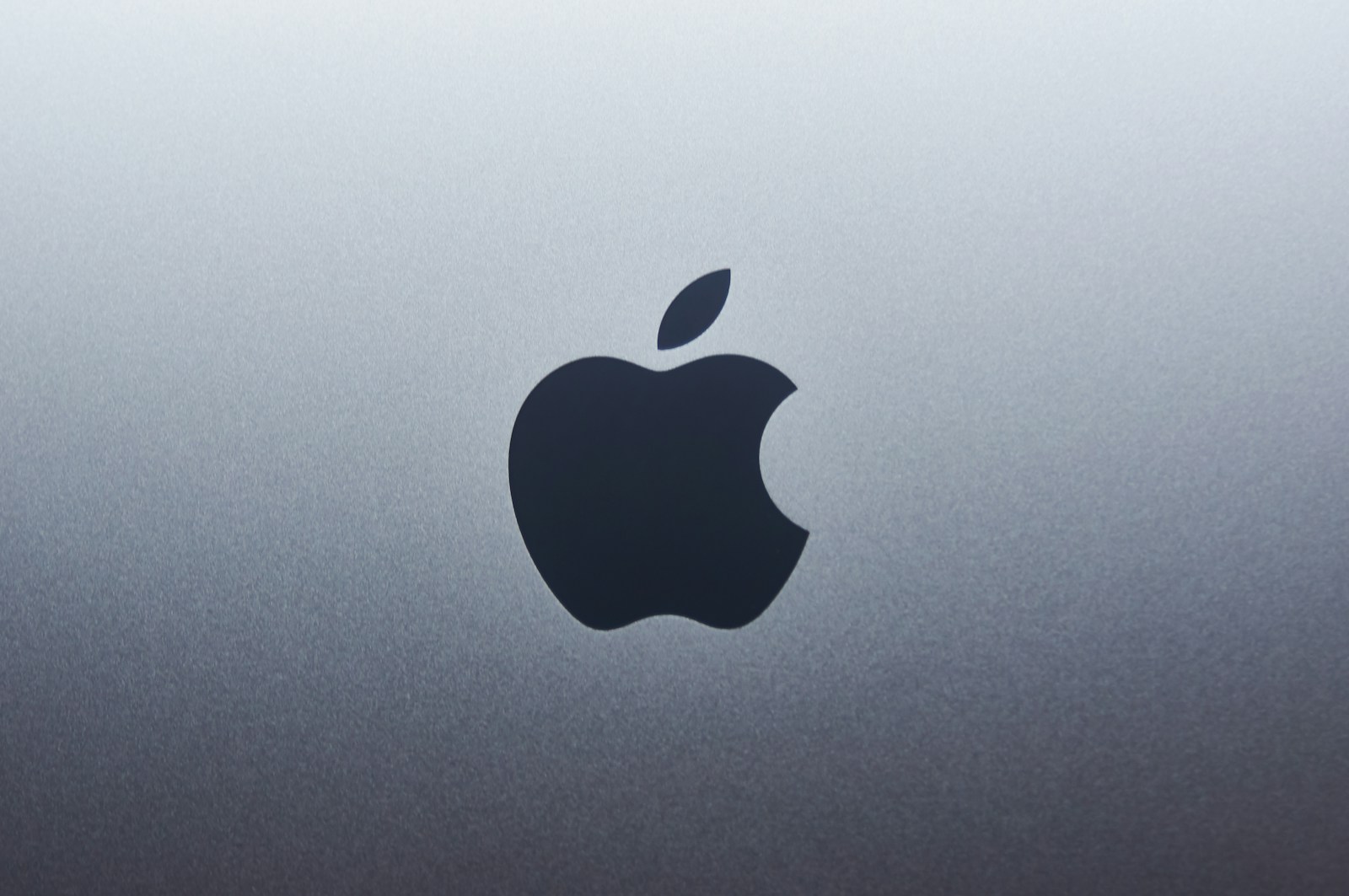
Apple’s recent updates in iOS 18 and macOS Sequoia have introduced a long-requested feature: the option for a non-blinking cursor. This enhancement is a significant step forward for accessibility, particularly for users who find blinking cursors distracting or uncomfortable. However, while this move is commendable, it also highlights deeper flaws in Apple’s approach to accessibility, especially on macOS.
The Promise of a Non-Blinking Cursor
For many users, the new non-blinking cursor option offers relief from the visual strain caused by traditional blinking indicators. It’s a thoughtful addition for those with sensory sensitivities or conditions such as ADHD. The ability to customize the cursor’s behavior aligns with a growing recognition of the importance of user-centric design.
However, this feature’s implementation is limited. It currently functions effectively only in applications that utilize NSText, Apple’s native text handling system. Unfortunately, many essential applications, including Microsoft Office, do not integrate with NSText. This oversight underscores a significant gap in accessibility support, as users who rely on these widely used programs are left without the benefits of the non-blinking cursor.
Accessibility: A Long-Standing Oversight
This situation serves as a stark reminder that, despite some advancements, both Apple and third-party developers have often overlooked the needs of users requiring accessibility features. The introduction of the non-blinking cursor, while welcome, feels like a small concession in a landscape where comprehensive accessibility solutions are still lacking.
For years, users have pointed out the need for more robust options that cater to various disabilities and preferences. The non-blinking cursor is just one aspect of a larger puzzle. Many users still encounter challenges that hinder their productivity and overall experience on both iOS and macOS.
Beyond the Cursor: A Call for More Customization
Apple’s accessibility initiatives should extend beyond cursor options. One area that requires urgent attention is the customization of loading animations, such as spinners and the spinning beach ball of death. These animations can be frustrating, especially for users who are sensitive to visual stimuli. Allowing users to disable or modify these animations could significantly enhance the experience for many.
For instance, the repetitive motion of loading indicators can feel overwhelming and distracting, akin to a form of visual hypnosis. As a humorous aside, if users wanted such experiences, they might as well seek out a trained professional for EMDR therapy!
A Shared Responsibility
The responsibility for improving accessibility does not rest solely on Apple. Third-party developers, particularly those of widely used applications like Microsoft Office, also play a crucial role. They need to prioritize accessibility by adopting frameworks that support the features users are calling for, such as the non-blinking cursor.
As Apple moves toward a more inclusive environment, it’s imperative that they collaborate with developers to ensure a consistent and comprehensive approach to accessibility across all platforms and applications.
Conclusion
The introduction of a non-blinking cursor in iOS 18 and macOS Sequoia is undoubtedly a step in the right direction for accessibility. However, the limitations of this feature reveal significant gaps that still need addressing. For true progress, Apple must look beyond isolated enhancements and commit to a broader strategy that encompasses all applications and aspects of the user experience. Only then can they create a truly inclusive environment where every user can feel comfortable and empowered.
If you are looking for misophonia coping skills, you can go here to see coaching (worldwide) and here to see therapy (Canada) options with Shaylynn Hayes-Raymond. Shaylynn also offers both live and on-demand webinars for misophonia.







